Anarchist Architecture, Part 3: Shimokitawaza, Tokyo rebels against government control
"Characterized by low-rise buildings, pedestrian space, bustling ground-level market activity, and tight community networks, Shimokitawaza represents an alternative model of urban development: the informal, unplanned city that consolidates through time. "
In my previous writings about what I believe to be examples of anarchist architecture examples around the world, I have attempted to shed light on alternative modes of living which are born out of the people and not a centralized authority. As an architect who is very interested in the decentralization of several systems, my desire is to create a quilt of these methods of living as a model for the future of this field. It is my firm belief that housing should remain under control of its own inhabitants.
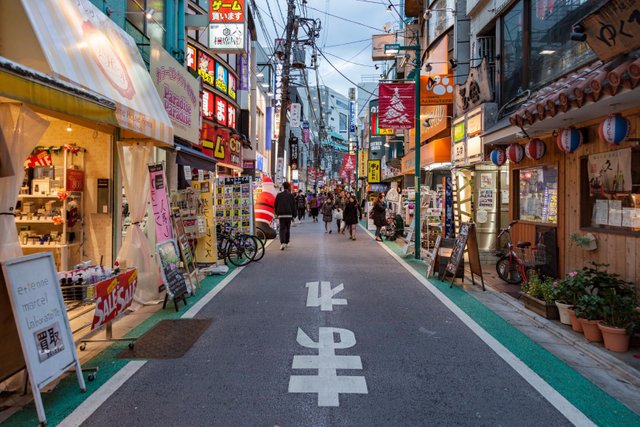
Shimokitawaza as an example of informal urban development
The neighborhood of Shimokitawaza represents Japanese counter-culture more than any other place in Tokyo. Indeed, this is probably tone of the first places that young architects, designers, artists, DJs or activists visiting Tokyo are taken to by their Japanese counterparts. The narrow and crowded streets have a perfume of freedom and anti-conformism. In Shimokitawaza, the youth have not only alternative looks, but also alternative lifestyles. It is one of the rare places is Tokyo where counter-culture meets politics.
Shimokitawaza was preserved from destruction and redevelopment throughout the war, up to the present. As a result, the town developed incrementally along its narrow streets, retaining a village-like feel that contributes to its popularity. Characterized by low-rise buildings, pedestrian space, bustling ground-level market activity, and tight community networks, Shimokitawaza represents an alternative model of urban development: the informal, unplanned city that consolidates through time.
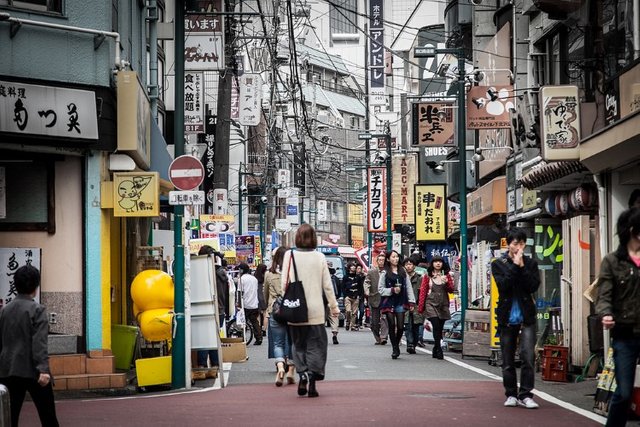
This model is however challenged by a master plan of the Municipality of Setagaya, to which Shimokitawaza belongs. The master plan is reminiscent of the generic type of urbanism predominant in other parts of Tokyo and fast spreading cities across the world. The plan, which is backed by the powerful real-estate lobby, completely ignores the present value of Shimokitawaza for Tokyo and its foreign visitors.
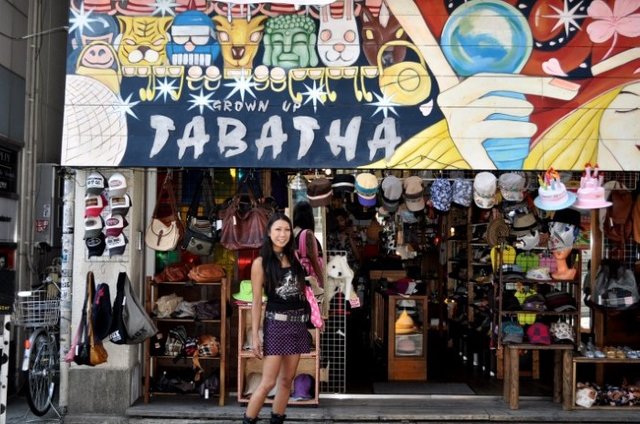
Shimokitawaza can be compared to Dharvi, Mumbai. In my previous article, I talk about a very similar condition which is born of the people and faces heavy criticism by blind politicians who only care about image.
ANARCHIST ARCHITECTURE, PART 2
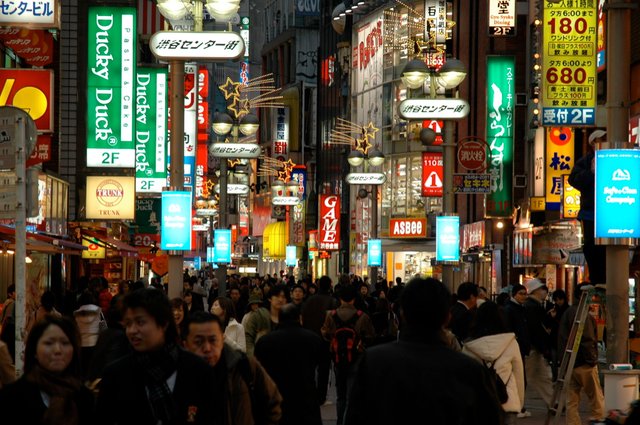

Here is an excerpt:
"This neighborhood is seen as messy by rationalist urban planners. But there is nothing rational about denouncing something as messy. If anything, it speaks about the ignorance and phobia of those who point the finger. Dharavi is better described as an emerging order, informed by the collective consciousness of its inhabitants."
Both neighborhoods are populated by creative, highly mobile, and entrepreneurial people who generate economic opportunities for themselves. The absence of centralized control, only makes people more self-sufficient and focused on the most important matters for their life and the life of the community as a living organism.
The ditinction between living space and working space is also blurred in these communities. Resdidents use their apartments and daytime workshops, storage space and by the hour rental rooms. In both Shimokitawaza and Dharvi, commercial activity at the street levels dominated by a web of flea market type specialty shops, representing a de factoalternative to the mainstream department store-office factory model of commercial development.
There is nothing surprising about the fact that real-estate developers ignore the richness of what they are willing to to destroy in the pursuit of profit.
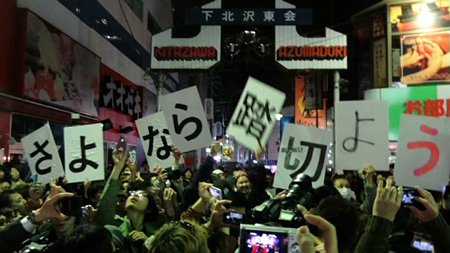
Gracias por compartir este material, me gusta lo que has publicado
de nada!